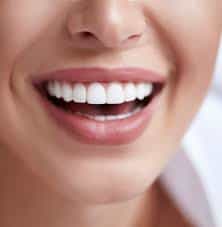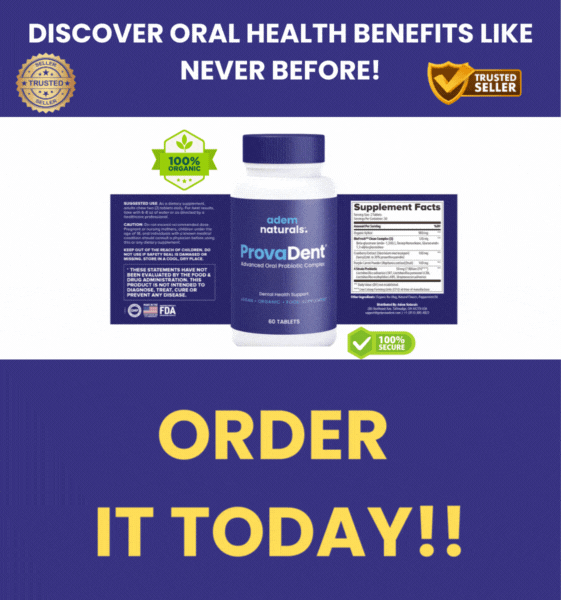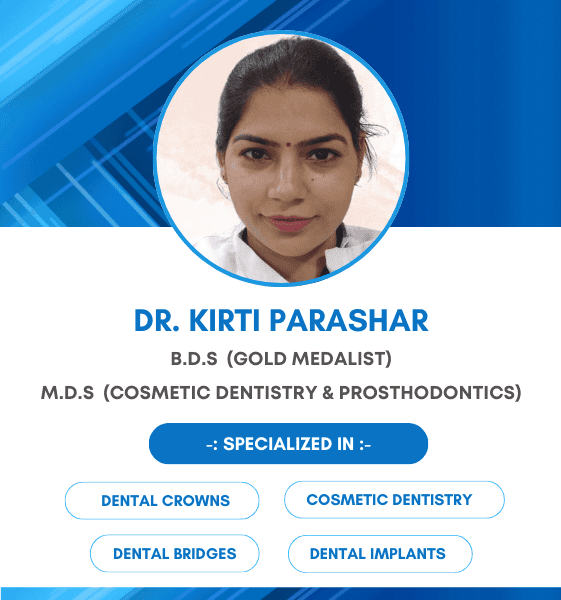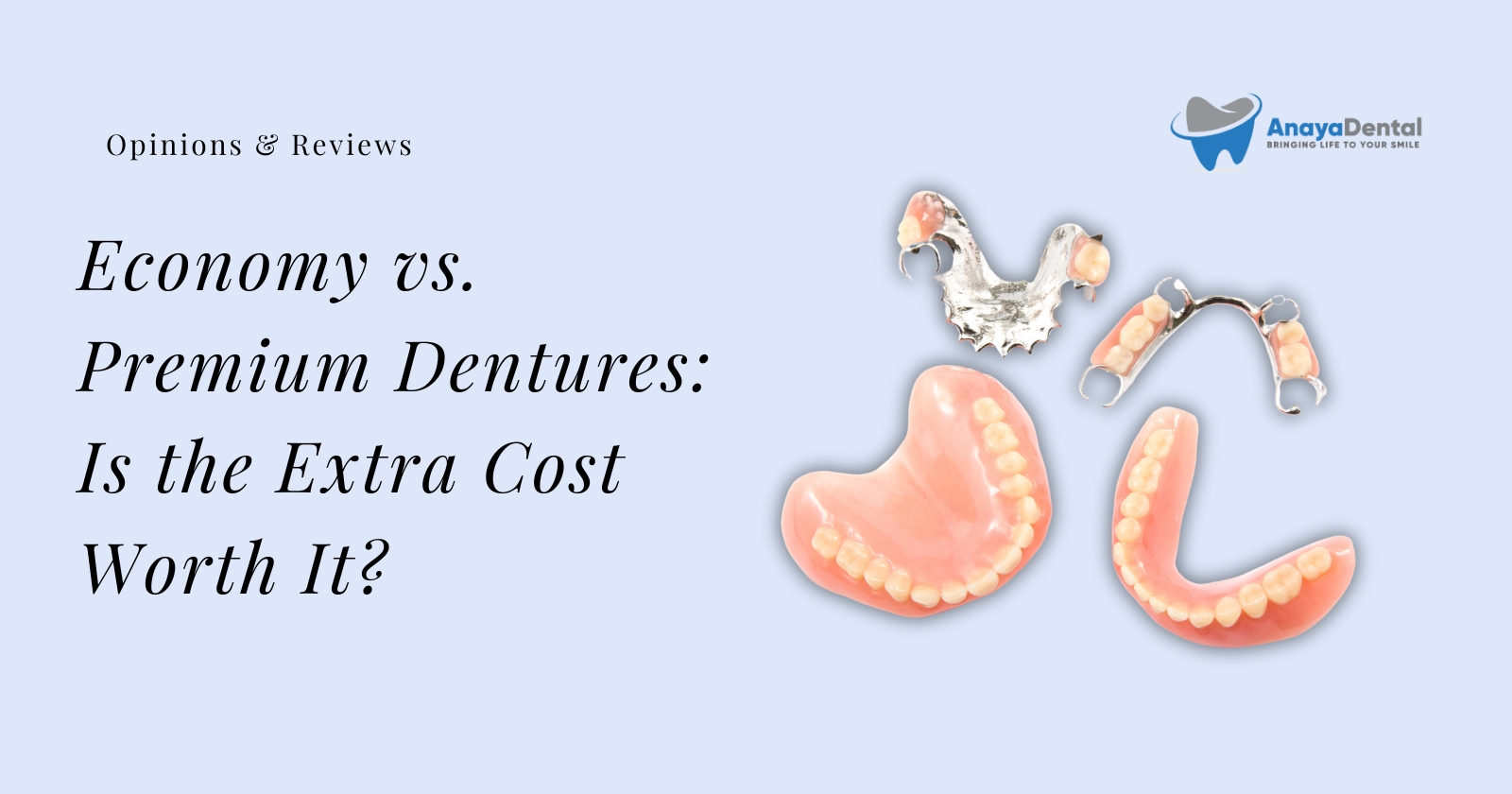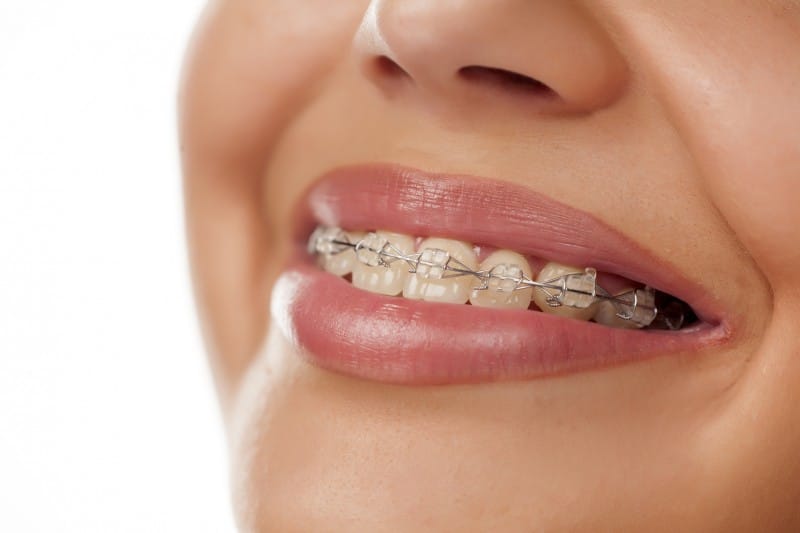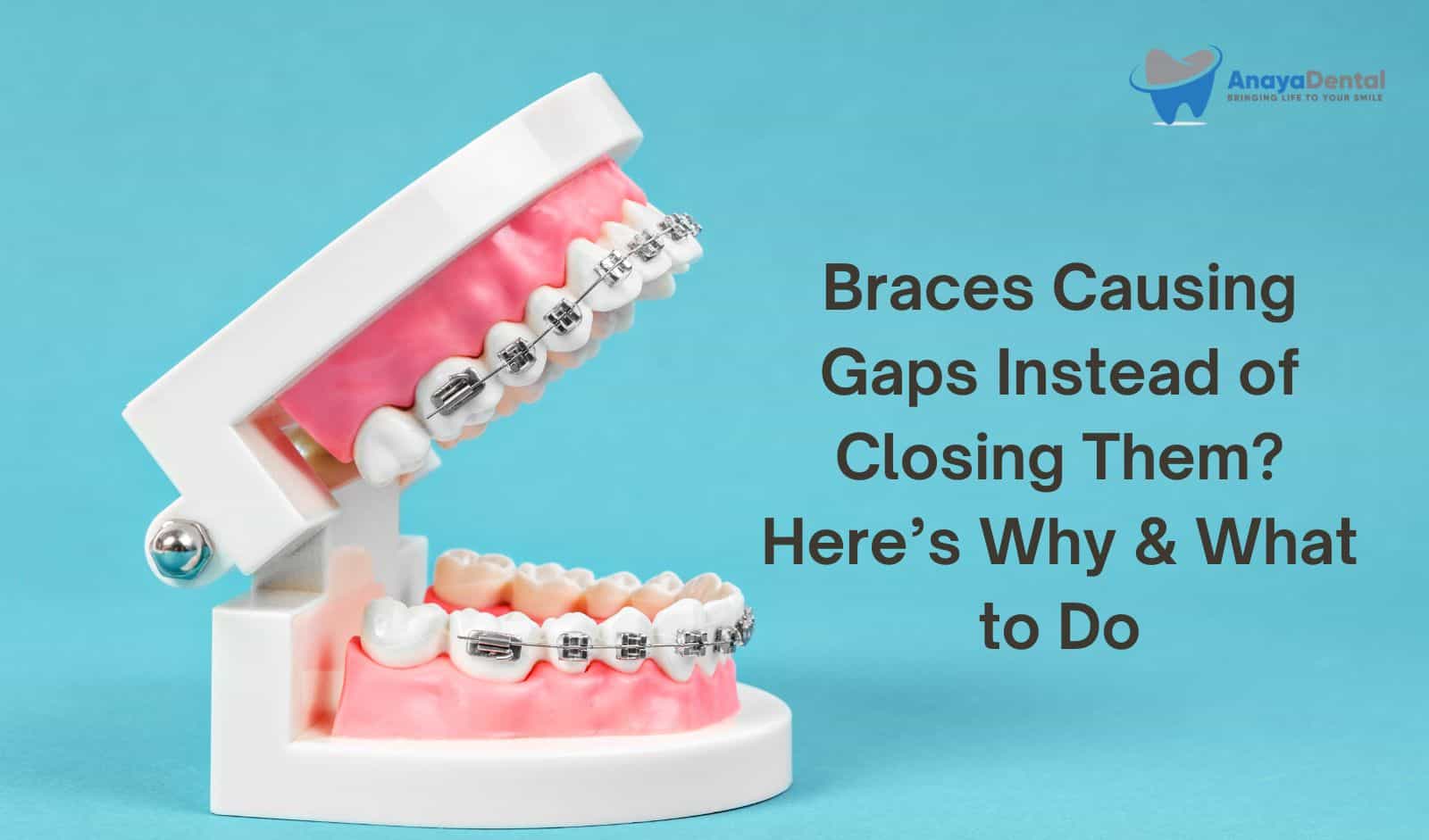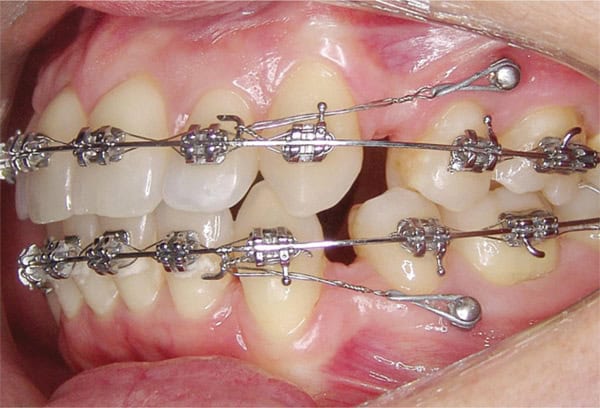Crooked teeth are a common concern among both children and adults, but they often don’t cause significant health issues. However, when misalignment affects your speech or self-confidence, it may be time to consider treatment options. Modern dentistry offers various methods to help you achieve the smile you’ve always wanted. While significant alignment problems typically require braces or aligners, minor adjustments can be effectively managed with cosmetic procedures like composite bonding. But is composite bonding the right choice for crooked teeth? Here’s the insight from our experienced dental professionals.
Composite bonding can address minor crooked teeth. It works by applying a tooth-colored resin to the tooth surface to reshape it. This can be a good option for things like:
- Slightly overlapping teeth
- Closing small gaps between teeth
- Lengthening teeth that are shorter than surrounding teeth
However, it won’t work for severely crooked teeth. If your teeth are very misaligned or you have a deep bite or overjet, then you’ll likely need braces or clear aligners to straighten them out first.
Try Our Dental Calculators
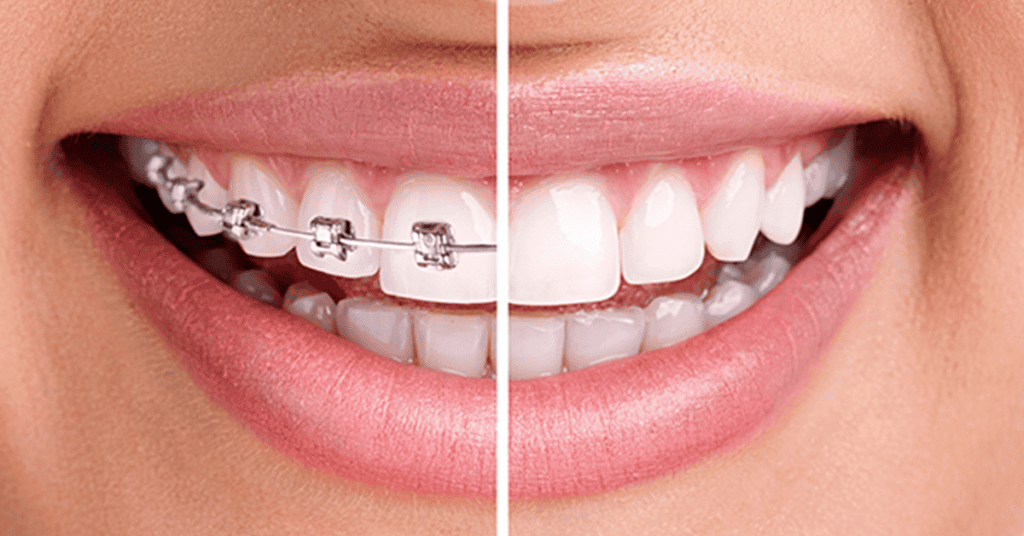
Comparison between composite bonding and braces-
| Feature | Composite Bonding | Braces/Clear Aligners |
| Treatment for | Mild to moderate misalignment | Severe misalignment, deep bites, overjets |
| Procedure | Resin application | Gradual tooth movement |
| Results | Relatively quick (one visit) | Slower process (months or years) |
| Cost | Typically less expensive | Typically more expensive |
What is composite bonding?
Composite bonding is a cosmetic dental procedure that can improve the appearance of mildly crooked teeth. It involves applying a tooth-colored resin material to the tooth’s surface to reshape it. This resin can be sculpted and molded to correct minor misalignment, close small gaps between teeth, or even lengthen teeth that are shorter than their neighbors.
Can dental bonding fix severly crooked teeth?
No, dental bonding is not suitable for fixing severely crooked teeth. Here’s why:
- Limited Reshaping: Dental bonding works by adding material to the tooth surface. It can’t significantly reshape or move teeth like braces or clear aligners can.
- Structural Concerns: Severely crooked teeth can put a strain on the bonding material, increasing the risk of it chipping or breaking.
- Uneven Results: Bonding on very crooked teeth might create an uneven or bulky appearance.
Here are some better options for addressing severely crooked teeth:
- Braces: Traditional metal braces or clear aligner options like Invisalign can gradually move your teeth into the desired position for a long-lasting correction.
- Veneers: In some cases, porcelain veneers might be an option. These are thin shells custom-made to fit over the front surface of your teeth, masking the misalignment.
Steps of composite bonding on crooked teeth
Composite bonding for slightly crooked teeth typically involves these steps:
- Consultation: This is where you discuss your goals and concerns with your dentist. They’ll examine your teeth, take X-rays to assess the misalignment severity, and determine if bonding is suitable.
- Color Matching: The dentist will use a shade guide to find a perfect match for your natural teeth. The composite resin can sometimes be a blend of different shades to achieve a natural look.
- Teeth Cleaning: A thorough cleaning removes any plaque or debris from the teeth to ensure a strong bond.
- Possible Tooth Preparation: In some cases, minor etching of the tooth surface might be needed to create a better surface for the bonding material to adhere to.
- Resin Application: The dentist will carefully apply the composite resin to the tooth, shaping and sculpting it to correct the misalignment, close gaps, or even out tooth length.
- Light Curing: A special ultraviolet (UV) light is used to harden the resin material.
- Trimming and Polishing: Once hardened, the dentist will meticulously trim and polish the bonded resin to achieve a smooth, natural-looking finish that blends seamlessly with your surrounding teeth.
Why to use composite bonding on crooked teeth?
Composite bonding offers several advantages as a treatment for mildly crooked teeth:
- Quick and Minimally Invasive: Compared to braces or veneers, composite bonding is a much faster procedure, often completed in a single visit. It’s also minimally invasive, requiring minimal to no removal of tooth enamel.
- More Affordable: Composite bonding is typically a more budget-friendly option compared to other cosmetic dentistry procedures.
- Natural-Looking Results: When done by a skilled dentist, composite resin can be carefully matched to your natural teeth for a seamless and undetectable look.
- Addresses Minor Imperfections: Composite bonding can effectively correct minor misalignment, close small gaps between teeth, or even out uneven tooth lengths.
- Painless Procedure: Anesthetic is usually not required for minor adjustments with composite bonding, making it a comfortable option for many patients.
The key benefits of composite bonding on crooked teeth:
| Benefit | Description |
| Faster Treatment | Completed in one visit |
| Minimally Invasive | Requires minimal to no tooth enamel removal |
| Affordable | More budget-friendly option |
| Natural-Looking Results | Seamlessly blends with natural teeth |
| Addresses Minor Imperfections | Corrects mild misalignment, gaps, or uneven lengths |
| Comfortable Procedure | Usually doesn’t require anesthesia |
Limitations of composite bonding on crooked teeth
Composite bonding offers a quick and affordable way to address minor smile imperfections, but it has limitations when dealing with crooked teeth. The main points are:
- Limited Reshaping Ability: Unlike braces or clear aligners that gradually move teeth, composite bonding works by adding material. This means it can’t significantly reshape or move teeth into a completely new position. It’s better suited for subtle corrections.
- Durability Concerns: Composite resin is not as strong as natural tooth enamel or porcelain veneers. It may chip or crack over time, especially with chewing hard foods or bruxism (teeth grinding).
- Potential for Bulkiness: When addressing even moderately crooked teeth, bonding too much resin can make the teeth appear bulky or unnatural. This is a balancing act for the dentist to achieve a good aesthetic outcome.
- Staining: The resin material is susceptible to staining from coffee, tea, red wine, and other pigmented foods or drinks. While some staining can be polished away, repeated staining may necessitate replacement of the bonding material.
Should you consider composite bonding for crooked teeth?
Whether you should consider composite bonding for crooked teeth depends on the severity of your misalignment and your cosmetic goals. Here are some of the factors to be considered:
Good candidate for composite bonding:
- Mildly crooked teeth: If your teeth have minor overlapping, slight gaps, or are uneven in length by a small degree, composite bonding can effectively address these concerns.
- Budget-conscious: Composite bonding is typically a more affordable option compared to braces or veneers.
- Time constraints: The procedure can often be completed in a single visit, making it a quicker solution.
- Fear of needles: Anesthetic is usually not required for minor adjustments with composite bonding.
Aftercare of composite bonding
After composite bonding, following good oral hygiene practices and taking certain precautions can help ensure the longevity and beauty of your new smile. Here are some key aftercare tips:
Maintain a Regular Brushing and Flossing Routine:
- Brush your teeth at least twice a day with a soft-bristled toothbrush and fluoride toothpaste.
- Floss at least once a day to remove plaque and debris between teeth.
Avoid Staining Foods and Drinks:
- Limit your intake of coffee, tea, red wine, and other pigmented beverages and foods that can stain the resin.
- If you do consume these items, rinse your mouth with water afterwards to minimize staining.
Be Mindful of Hard and Chewy Foods:
- Avoid chewing on hard candies, ice, nuts, or other hard objects that could chip or crack the composite bonding.
- Be cautious with chewy foods like bagels or raw vegetables, especially in the initial days after bonding.
Quit Smoking (if applicable):
- Smoking can stain the composite resin and irritate the gums. If you smoke, quitting is beneficial for your overall oral health and the longevity of your bonding.
Schedule Regular Dental Checkups:
- Visit your dentist for regular checkups and cleanings, typically every six months. This allows them to monitor the bonding and address any potential issues early on.
Possible Use of Mouthwash:
- Ask our team experts about using a gentle, alcohol-free mouthwash to maintain oral hygiene. Some mouthwashes can stain the resin, so consult with your dentist for a recommendation.
Be Gentle:
- Avoid using your teeth to open packages or bottles, as this can put undue stress on the bonding
Pay Attention to Any Issues:
- If you experience any chipping, cracking, discomfort, or sensitivity around the bonded area, contact your dentist promptly.
By following these aftercare practices, you can help your composite bonding last for many years and keep your smile looking its best.
Composite bonding on crooked teeth cost
The cost of composite bonding for crooked teeth can vary depending on several factors, including:
- Location: Dental fees can vary by geographical location. Areas with a higher cost of living typically have higher dental fees.
- Dentist’s Experience: More experienced dentists may charge more for their expertise.
- Severity of Misalignment: The amount of bonding material needed and the complexity of the procedure will influence the cost. Minor adjustments will likely be less expensive than corrections for multiple teeth.
- Number of Teeth Treated: The cost typically increases with the number of teeth that require bonding.
Here’s a general range for the cost of composite bonding per tooth:
- ₹3,000 to ₹15,000 (approximately $36 to $180)
The main factors that can affect cost are:
- Consultation Fees: There might be a separate consultation fee to discuss your case and determine if composite bonding is suitable.
- Insurance Coverage: Some dental insurance plans may offer partial coverage for composite bonding, especially if it’s deemed medically necessary to address a dental issue. Check with your insurance provider to understand your coverage details.
Alternatives and Costs:
The costs for alternative treatments for crooked teeth are:
- Braces: Traditional braces or clear aligner treatments can range from ₹30,000 to ₹2,00,000 (approximately $600 to $2,400) or more, depending on the complexity of the case and treatment duration.
- Veneers: Porcelain veneers can cost anywhere from ₹7,000 to ₹20,000 (approximately $85 to $240) per tooth.
If affordability is a major concern, composite bonding might be a more budget-friendly option compared to braces or veneers. However, it’s important to weigh the cost against factors like durability and suitability for your specific case.
How long does composite bonding take?
Composite bonding for crooked teeth is typically a relatively quick procedure compared to other orthodontic treatments:
- Overall Procedure Time: The bonding process itself usually takes between 30 to 60 minutes.
- Appointment Duration: While the bonding itself might take 30-60 minutes, the entire appointment could take longer. This is because it might involve additional steps like:
- Consultation (discussing your goals and suitability)
- Color matching the resin
- Cleaning your teeth
- Anesthetic application (if needed)
- Single Visit Procedure: In many cases, composite bonding can be completed in a single visit to the dentist. This makes it a convenient option for busy schedules.
FAQs
Can composite bonding be done on overlapping teeth?
Yes, composite bonding can be done on overlapping teeth in some cases. It’s a viable option for mild to moderate overlapping. Here’s why it might work:
- Reshaping Ability: Composite resin can be sculpted and molded to reshape the teeth slightly. This can help reduce the appearance of overlapping and create a more even smile.
- Closing Gaps: Sometimes, overlapping teeth can create small gaps between other teeth. Bonding can address these gaps by adding material, making the smile look more uniform.
Limitations of composite bonding on overlapping teeth:
- Severity of Overlap: For severe overlapping, composite bonding might not be enough. The dentist may need to remove some tooth enamel to create space or recommend alternative treatments like braces or veneers.
- Strength and Aesthetics: Adding too much bonding material to address significant overlap can make the teeth look bulky or unnatural. The dentist will need to carefully balance reshaping with maintaining a natural look.
Essentially, this is a great alternative if you want a cosmetic enhancement without committing to orthodontic treatment. In cases of extreme overlap, orthodontic solutions may be recommended to address the underlying issue prior to bonding.
Does composite bonding damage teeth?
In general, composite bonding is considered a safe and conservative procedure for teeth, and doesn’t cause direct damage to healthy teeth. Here’s why:
- Minimal Enamel Removal: Unlike procedures like veneers or crowns, composite bonding usually requires minimal to no removal of healthy tooth enamel. The dentist might only etch the tooth surface slightly to create a better bond for the resin.
- Preserves Tooth Structure: By minimizing enamel removal, composite bonding helps preserve the natural structure of your teeth. This can be beneficial for long-term oral health.
However, there are a few indirect ways composite bonding could potentially affect your teeth:
- Increased Risk of Chipping: Composite resin is not as strong as natural tooth enamel. If you don’t practice good oral hygiene or have habits like teeth grinding, the bonding material may chip or crack over time.
- Potential for Sensitivity: In rare cases, the etching process to prepare the tooth surface for bonding might cause temporary sensitivity. This usually subsides within a few days.
- Replacement Might Be Needed: Due to potential chipping, staining, or wear, composite bonding may need to be repaired or replaced every few years.
Here are some tips to minimize the risk of these potential issues:
- Maintain good oral hygiene: Brushing and flossing regularly helps remove plaque and bacteria that can contribute to chipping or decay.
- Avoid hard foods: Chewing on hard objects can put stress on the bonding and increase the risk of chipping.
- Wear a mouthguard: If you grind your teeth, wearing a mouthguard at night can protect the bonding material.
- Talk to our experts : If you experience any sensitivity or chipping, we can help you decide course of ation of the treatment.
Composite bonding on overcrowded teeth
Composite bonding can be a solution for overcrowded teeth, but with limitations. Here’s a breakdown of its suitability:
Suitable for Mild Crowding:
- Composite bonding can address minor overcrowding by:
- Slightly reshaping teeth to create more space.
- Filling small gaps between teeth that appear due to crowding.
Limitations for Moderate/Severe Crowding:
- For moderate to severe overcrowding, composite bonding is not ideal because:
- It can’t significantly move teeth like braces or aligners.
- Adding too much resin to create space can make teeth look bulky and unnatural.
- The added material might put stress on the teeth, increasing the risk of chipping.
Composite bonding on crooked teeth before and after


